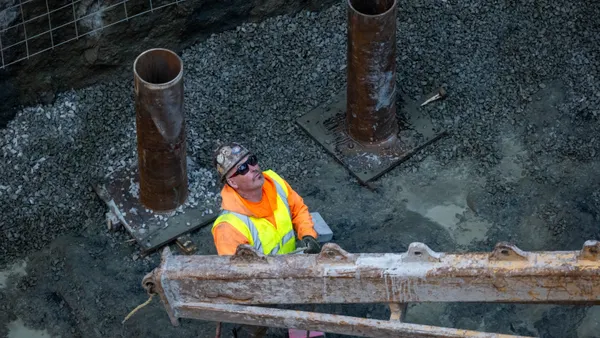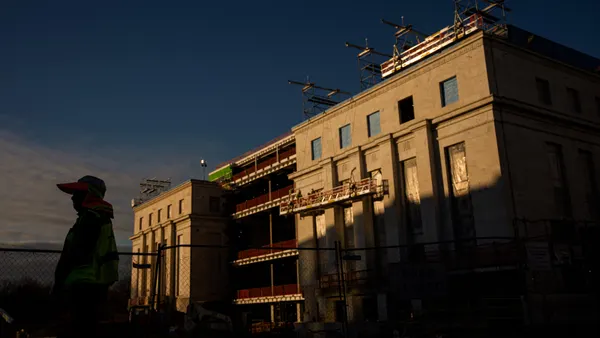Despite economic uncertainty, office demand remained resilient in the first quarter, showing negative absorption in the period but increasing 30% quarter-over-quarter and 48% year over year on a four-quarter rolling total, according to Cushman & Wakefield’s Q1 2025 office marketbeat report released Monday.
Net absorption was positive in the first quarter for a third of U.S. markets, with over half of office buildings having single-digit vacancy or no vacancy at all. “Quality matters and high-quality office continues to outperform,” Cushman & Wakefield says.
The amount of vacancy coming from occupiers putting space on the sublease market has also declined for four straight quarters, helping absorption and resulting in national sublease availability declining 9.5% year over year. At the same time, construction activity continues to dwindle, with deliveries reaching their lowest quarterly total in over 12 years.
“The sublease market is a precursor of overall vacancy, so this is an indicator that the demand side of the equation is firming up,” the firm says.
National vacancies finished the quarter at 20.8%, up 25 basis points quarter over quarter. Although that figure is still trending up, the pace of vacancy is slowing, Cushman & Wakefield says. Overall vacancy remained flat or declined quarter over quarter in 30 U.S. markets, including Fairfield County, Connecticut; Miami, Kansas City; San Jose, California; San Diego; Minneapolis/St. Paul; Central New Jersey; and Atlanta, per the report.
The shift in economic policies, such as tariffs on products and materials important to facilities management, has not yet had a noticeable impact on office demand, the firm says. But the longer the policy uncertainty lasts, “the more damaging it will likely be,” Cushman & Wakefield says. “We are already observing signs of weakness emerging in economic data,” it says, noting that jobless claims remain low but are drifting high, layoff announcements spiked in March and CFO optimism is declining. All of these could lead to hesitations in long-term investments, including leases, per the report.
Despite this uncertainty, limited new construction, declines in sublease availability and “the fact that much of the workforce downsizing due to remote work was front-loaded over the past five years” give reason to be cautiously optimistic, Cushman & Wakefield says.
Recovery will not be equally distributed, however. Some markets experiencing record-high vacancy are also seeing a limited amount of available top-tier space, per the report. “It is important to focus on each asset’s competitive set and not the entire market, which may include buildings that are perfectly functional but are competitively obsolete,” Cushman & Wakefield says.
















